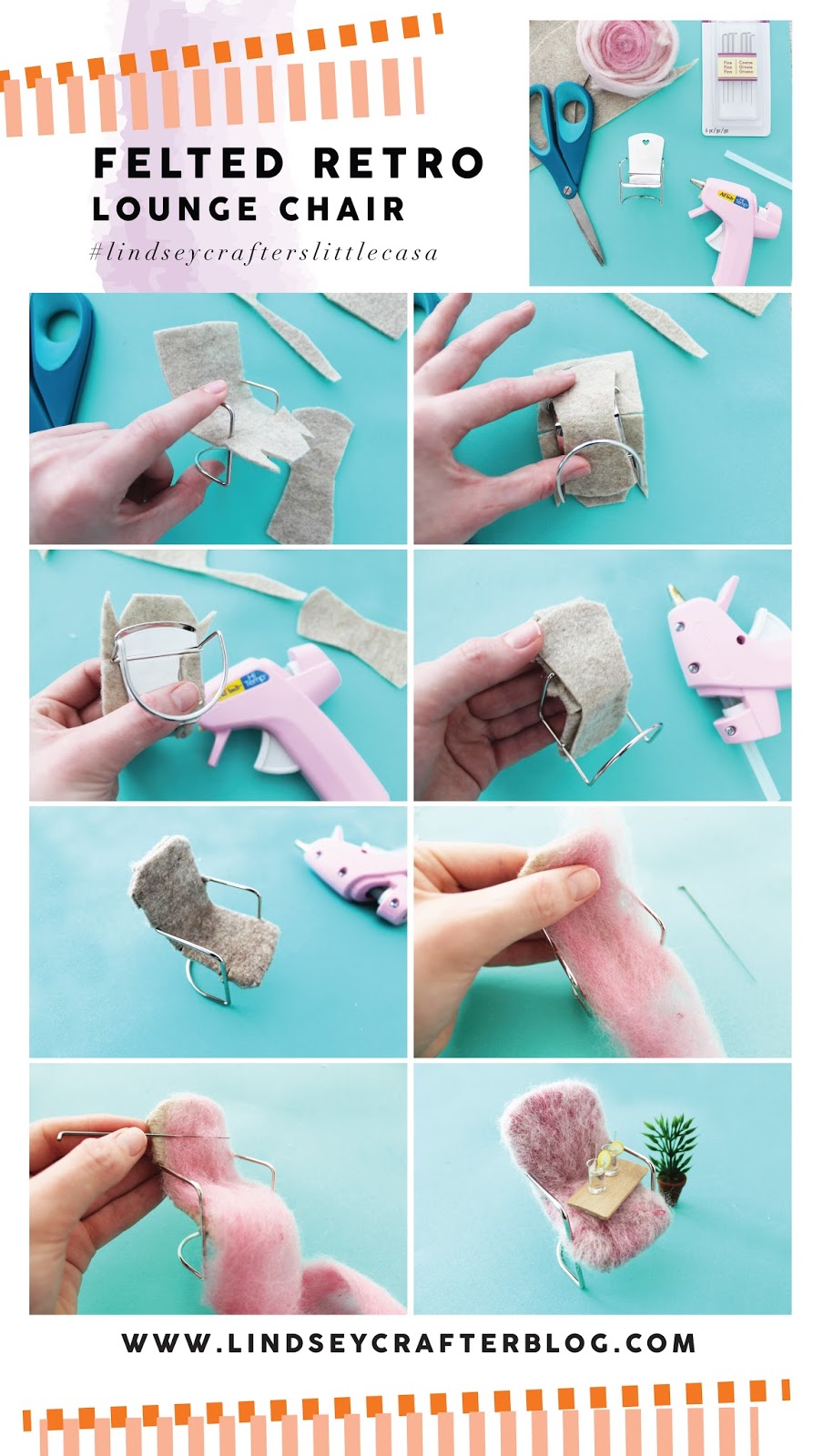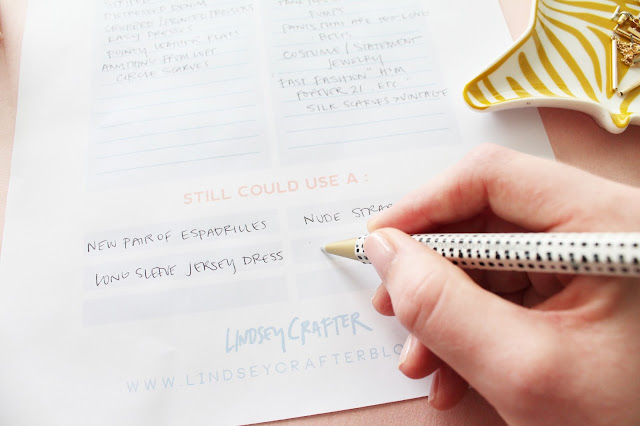Lately I've been enamored with dyeing-- especially with naturally occurring colors. I thought it would be fun to test some of the materials I've seen during my research on these crafting eggs I bought last year on clearance. These eggs are a lot more hardy than eggshells and won't spoil-- meaning you can invest a little more effort to decorating them knowing you can decorate with them year after year! However they'll NEVER compete with my childhood egg collection of blown/dyed eggs from our farm back in GA -- gorgeous hues displayed in a glass vase on the dining room table <3
What You'll Need
Ground tumeric
Red beets
Ground coffee
Small saucepans and glass bowls for dyeing
White wax crayon
Watercolors
Small paintbrush
Spoon
Rubber gloves
1. MIXING DYES
Most of these dyes, although natural, will stain clothing, hands and surfaces. Cover your work surfaces adequately and wear gloves!
Cut up several red beets and simmer on low heat for an hour with 2 cups of water to create purple/fuchsia hue (add more water as needed). Coloration can vary based on the beet! Strain the liquid into a bowl for dyeing and toss your cooked beets in the compost! Indigo is an extremely saturated dye-- mix a pinch of the dried indigo into a cup of water to create denim blue dye. The kids will love seeing their eggs turn from gold to royal blue as the dye oxidizes. Add more water to the ratio for varying shades of blue. Mix ground turmeric and vinegar to make canary yellow and use your forgotten pot of coffee to create a soft brown. There are MANY other items in the grocery store you can use -- red cabbage, blueberries, grape juice and onion skins!
2. CREATE A PATTERN
Draw geometric lines or patterns with a white wax crayon onto the surface of your egg to achieve a batique/wax resist effect. Dye won't penetrate the wax and will remain brilliant white or the natural color of the egg. Use small hair elastics around the circumference of your eggs to create stripes. After your eggs have dried you can paint on a similar pattern on solid dyed eggs with a contrasting ink or watercolors.
3. DYE EGGS
Submerge the eggs into the liquid dyes with a spoon. Check periodically to achieve different saturations of color before removing from the dye bath and placing on a cooling rack to dry. When dyeing with Indigo, remove the egg and run under cold water to wash off the excess dye film. I kept my soaking times short to achieve pastel hues (but honestly I'm just impatient). Using vinegar in your dyes will also increase vibrancy.
How gorgeous are these dyed with indigo? This was my first experiment with dried indigo and it was WEIRD--but awesome, as well as being inexpensive enough to just try! Can't wait to use what's leftover to dye some T-shirts or pillows!
I used a teeny brush and my watercolor palette to paint on patterns and texture to my pastel eggs.
Gorgeous right? Share yours by tagging me on instagram @lindseycrafter!
This post may include affiliate links for your convenience and to keep Lindsey Crafter makin' stuff!









































